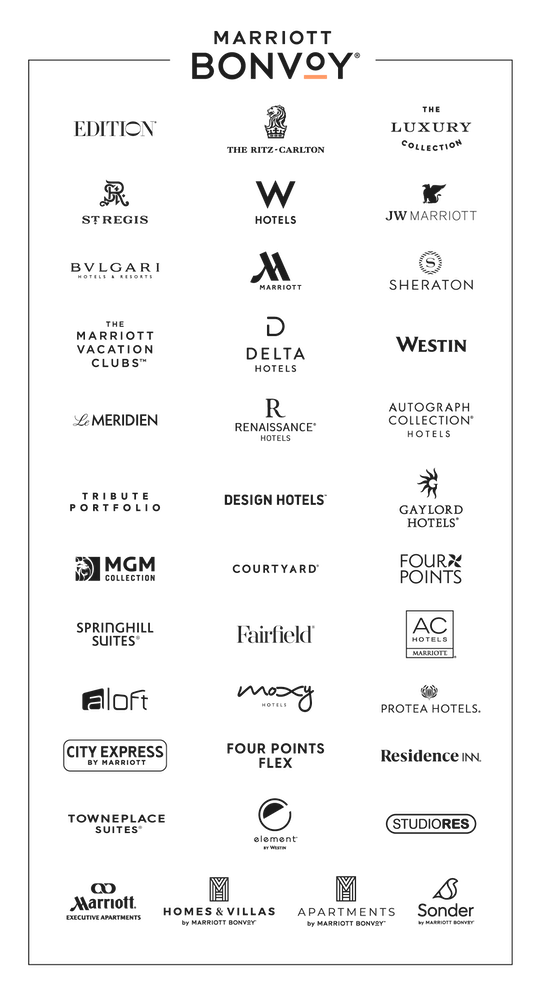The Five Senses of Meetings: Make Your Meetings More Tactile
You want your meetings to touch your attendees’ lives. One way to do that? Have them touch the world around them.
Adding tactile activities to your meetings can help make the event indelible in your attendees’ minds. The sense of touch is one of the first sensory systems that evolved in humans, so it’s hardwired to our memory banks in a way that other activities—say, reading a bunch of materials—aren’t.
It’s also just plain fun to touch things. (Are attendees at promotional events ever more engaged than when they have a chance to hold a new, long-awaited product in their hands?) Read on for actionable ways to bring a touch of the tactile to your events.
For ways to bring the other senses into your events, visit the other articles in this series: sight, sound, taste, and smell.
Make your swag touch-friendly
By its nature, swag bags are tactile—you’re asking attendees to carry around something physical when they pick up a gift bag. Make that more useful to attendees by including “please touch” gifts, such as a notebook with a fuzzy or textured cover or a fidget toy. You can take it a step further by including a small card explaining why you chose those items: Taking notes by hand helps with memory retention because of its physical nature, and fidget toys can help people harness attention.
Enable haptics
Know that feeling when your phone buzzes in your pocket? Use that sensation in your favor to guide attendees within your venue. If your audience is tech-savvy, or demographically likely to have embraced the Apple Watch, they may be willing to download apps or enable features that issue haptic reminders when certain events happen—say, when they approach a meeting spot with a particularly cool offering.


Create an immersive experience—literally
The draw of “immersive experiences” is that they create a wholly different environment for attendees. But you can take it literally and physically immerse your attendees in a sensation shift. Start by playing with temperature, as found at an August promotional event that deployed snow machines and an ice bar. Too much hassle? Even “immersing” your guests’ hands in a temperature shift can evoke the same shift in sensation—one liquor brand had attendees reach through vapor to grab an ice-cold drink. Not enough for ambitious planners? Ball pits don’t have to be just for kids.

Give attendees a tactile experience
Most of the sensory tips here are about your attendees touching something—but humans crave being touched too. Small luxuries are one place to start, such as chair massages, reflexology stations, and manicure booths. Depending on the vibe of the event, you could even have a “braid bar” for hair braiding, or a head massage booth for a touch of tactile ASMR (autonomous sensory meridian response, aka “the tingles”). Remember that it’s not just about having a spa service; being touched is about human connection. Folk dance usually involves holding hands or linking arms, and can create a memorable opening or closing event. Just make sure to keep any hands-on events optional and particularly professional in nature, and to have hand sanitizer at the ready.
Break the ice
A good icebreaker can go a long way toward cementing groups. Having an activity that involves the hands can be helpful for shy attendees, allowing them to participate without fearing that they’ll be put on the spot. You can have people get their hands dirty with a group gardening workshop, kinetic sand sculptures, or group decoration of an item that serves as a centerpiece for the event (like this oversized shoe). Or just set up a crafts event, such as a booth for making cellphone straps like a recent beauty event did. Bonus points for tying the hands-on activity to the purpose of your meeting, as with the DIY graffiti wall for the opening of the Universal Hip Hop Museum in New York City. Another option that’s more explicitly geared to prime tactile sensations is to set up a guessing game, where participants are blindfolded and then handle various objects, both common (an orange, grains of rice) and uncommon (windup chattering teeth, wooden shoes), and guess what they are.



